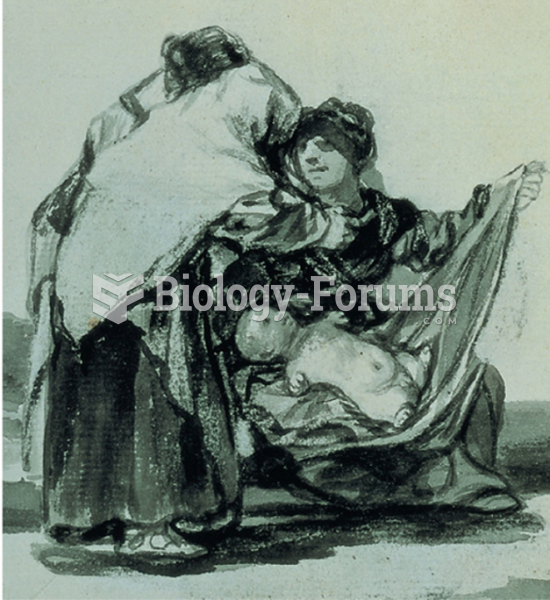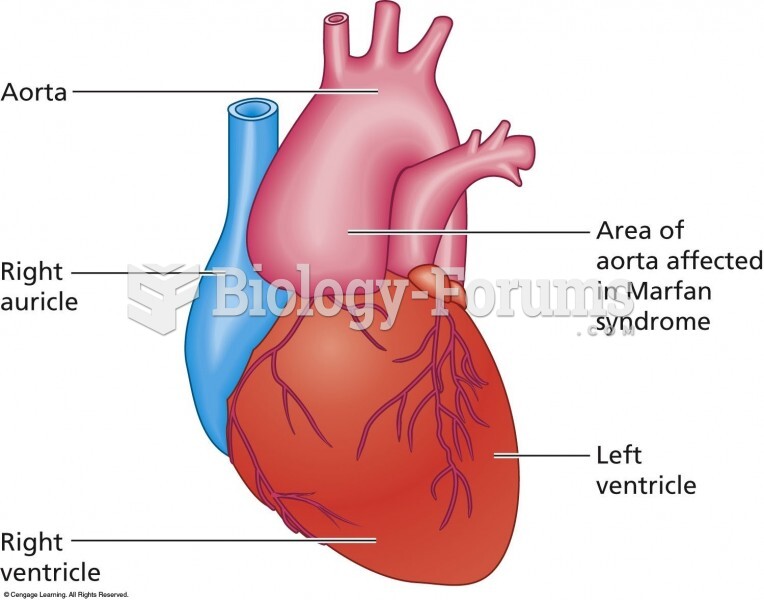Answer to Question 1
Klinefelter Syndrome
Approximately one out of every 500 male babies is born with an additional X sex chromosome. These males, instead of the typical XY pairing, have an XXY chromosome configuration and are referred to in the medical community as XXY males. This unusual genetic makeup may result in a condition called Klinefelter syndrome, named after the physician who discovered it in 1942. Not all XXY males will develop the characteristics of Klinefelter syndrome, and some may never even know they have the extra X chromosome. However, when the syndrome is activated, common physical signs and symptoms include a rounded body type, lack of facial hair, breast enlargement in puberty (often temporary), smaller than normal testicles, osteoporosis, and a tendency to be taller and heavier than average. Most, but not all, XXY males fail to produce enough sperm in adulthood to be fertile. They also appear to have a somewhat higher risk of autoimmune diseases such as diabetes and lupus. XXY males who develop breast tissue have a risk of breast cancer equal to that of women, which is 20 to 50 times greater than the risk to normal XY men. An early developmental concern for XXY males is that they often display delayed development of language and may have learning difficulties, especially in reading and writing. These children are not mentally retarded and eventually learn to speak and converse normally. Furthermore, their learning difficulties are treatable with proper guidance and attention. Virtually all the symptoms of Klinefelter syndrome are treatable to various degrees, and males with the disorder are usually able to live normal, relatively healthy lives. Learning problems can be minimized with therapy; surgery, assisted fertility techniques, and adoption can help Klinefelter syndrome men have families; hormone therapy can enhance masculine development in puberty and throughout life; and breast enlargement often reverses itself naturally or, if desired, may be corrected surgically.
Turner Syndrome
In female infants, instead of an extra chromosome, Turner syndrome, named for the physician who discovered it in 1938, is caused by a lack of, or damage to, one of the pair of X chromosomes. This condition is far less common than Klinefelter syndrome, affecting only one in 2,000 to 2,500 female births. Nearly all cases of Turner syndrome (99 percent) result in miscarriage of the afflicted fetus in the first or second trimester of pregnancy. For the fetuses that survive, the symptoms and effects of Turner syndrome tend to be more physically and psychologically serious than those of Klinefelter syndrome, although a wide range of symptomology exists, ranging from mild to severe. The most common conditions associated with Turner syndrome (see Figure 10.3) are short stature (average height of 4 feet 7 inches in adulthood), slow or no sexual development at puberty, puffy hands and feet, kidney malformations, hearing problems, extra folds of skin at the sides of the neck, heart abnormalities, lack of ovarian function (hormone and ovum production), and soft upturned fingernails. Because of hormonal abnormalities, virtually all Turner syndrome individuals are infertile. As they age, women with the syndrome are at a significantly increased risk of bone thinning (osteoporosis). Underdevelopment of the kidneys or the lack of one kidney is also quite common. Most worrisome are the 20 percent of Turner syndrome individuals who have heart valve and vessel malformations. These conditions may be life threatening and require careful monitoring and treatment throughout life. As for Klinefelter syndrome, Turner syndrome patients also have twice the incidence of diabetes than the general population. Cognitively, Turner syndrome individuals are of normal intelligence but may have learning difficulties, especially associated with math and spatial relationships. Although the dangers of Turner syndrome may be serious, with awareness and proper treatment, most of the effects can be controlled and mitigated successfully.
Answer to Question 2
Answer: D







